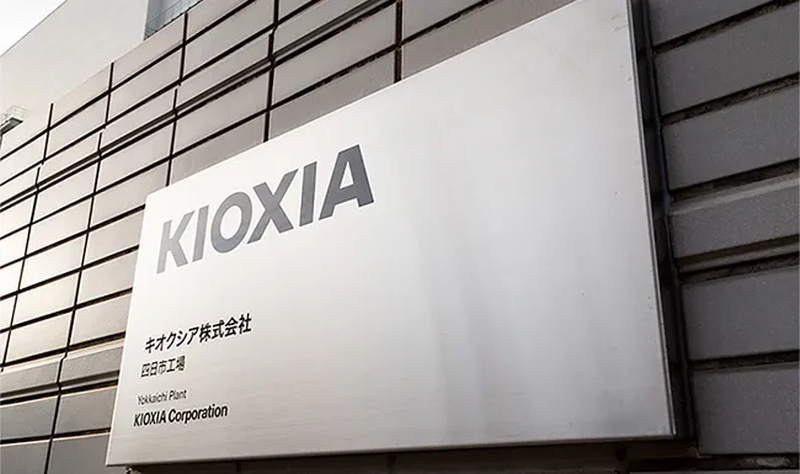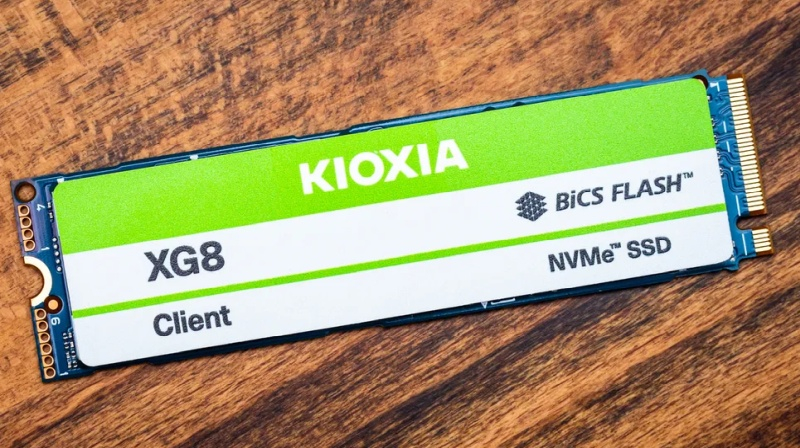Kioxia, in partnership with SanDisk, has introduced 10th-generation 3D NAND (BiSC 10), the world’s first 332-layer flash memory. It will deliver higher speed, higher packaging density, and better power efficiency than its previous generations.

Image source: Kioxia
The new 3D flash memory uses CBA (CMOS directly Bonded to Array) technology and the SCA (Separate Command Address) protocol, as well as Power Isolated Low-Tapped Termination (PI-LTT) technology, which further reduces power consumption by 10% when writing and by 34% when reading. But the most important achievement is the use of the new Toggle DDR6.0 interface, which provides speeds of up to 4.8 GB/s.
Kioxia notes that the 33% speed increase over current 8th-generation 3D NAND (BiSC 8) is due in part to increasing the number of memory layers from 218 to 322, a 38% increase. While 332 layers falls short of the company’s goal of 1,000-layer 3D NAND by 2027, it’s still an impressive feat. Kioxia claims that using 332-layer flash memory also increases data density by 59% compared to 218-layer flash memory.

Kioxia also emphasizes energy efficiency, as it is an important aspect for modern flash memory amid the growing power requirements of AI systems. “With the proliferation of AI technologies, the amount of data generated is expected to increase significantly, as well as the need for greater energy efficiency in modern data centers,” said Hideshi Miyajima, Kioxia’s chief technology officer. He believes that the demand for low-power products will lay the foundation for AI development.
It should be noted that Kioxia and SanDisk also reminded about the development of 9th generation 3D NAND flash memory, but did not disclose information about its characteristics and capabilities. At the moment, there is no data on the start of mass production of the new standard flash memory. Considering the fact that the supply of 9th generation products has not even begun, it is safe to assume that the release of 10th generation flash memory is a matter of a rather distant future. So far, the company has not even shown the new flash memory.